UPI Payment: Everything You Need to Know About it

UPI Payment: Everything You Need to Know About it
The National Payments Corporation of India developed the instant real-time payment system known as UPI, which also suggests that it is under the jurisdiction of the Reserve Bank of India. With the use of a smartphone app, it is possible to transfer money between two bank accounts immediately. The most popular ones that you may have recently used include Paytm, PhonePe, MobiKwik, iMobile, and the BHIM app, among many more. Airtel Money, Axis Pay, Baroda MPay, Pockets-ICICI Bank, SBI Pay, Yes Pay, and numerous other banks even claim to have their own UPI app.
The information you need to know about UPI, one of the most cutting-edge digital payment methods, is provided here.
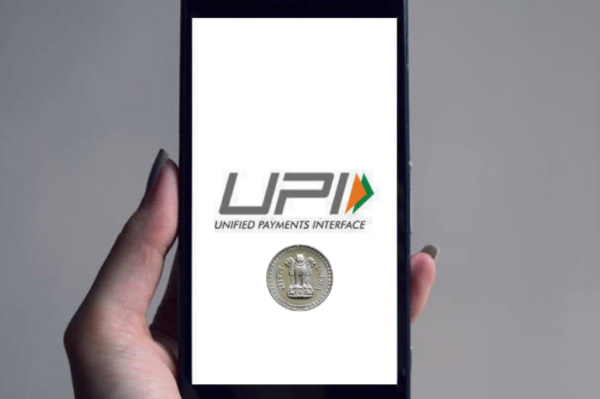
UPI – Services
A unified payments interface, or UPI payments, is a method of payment that enables immediate money transfers without requiring bank information. The NPCI created the UPI, which uses a virtual payment address in place of a bank account number and IFSC code to process payments.
-
The most cost-effective way of money transfer
Fund transfer via NEFT, which carries a minimum fee of Rs. 2.5 per transaction and an IMPS fee of Rs. 2.5 per transaction. On the other hand, the UPI charges 50 paise or less for each transaction. It has the potential to encourage small-amount non-cash transactions across India, a cause it is now pursuing vigorously.
- Cash-free functioning
Thanks to UPI payments, you can quickly transfer a small sum to your vegetable vendor. Imagine the hassle of getting the correct change replaced with Paytm or BHIM cards hanging in the local grocery store. Consider the shorter wait times at the ATMs. In the age of digital India, giving up currency eliminates a lot of problems from your life and makes everything run more smoothly.
-
Security
People have continued to pay with cash because they can’t rely on online transactions and card purchases because they require bank account information. But in this case, the UPI payment option seals the deal. Both card and bank account information is not necessary for UPI payments. Simply put your virtual payment address in the space provided (think about the mobile number linked to your UPI app).
-
Real-Time Fund Transfer
The UPI app is an instant formula in every way. It usually takes some time to add new pay for the online fund transfer. This period can last anything from 30 minutes to 24 hours. You may rapidly add a new payee and send money via UPI. Additionally, with the aid of a solid data connection, which is now quite accessible to everyone, the fund transfer process just takes a few seconds!
-
Cheaper Alternative to POS Machine
Using a banking card (debit or credit) to make a purchase is challenging everywhere you go. Most retailers lack card readers, or the readers occasionally fail to pick up signals. The POS terminal in question is an expensive investment for the entity responsible for billing. Each transaction requires them to pay a service fee, ranging from 1.25 per cent to 2.5 per cent of the total transaction value.
The UPI apps for retailers were created for this purpose. You may have also encountered a scenario when a vendor requested a service fee from you. It takes place in a cutthroat market. For small business owners, keeping the POS terminal is not very advantageous. UPI, however, would enable you to complete the same task for free. Anyone can collect money using UPI because it uses smartphones; therefore, there is no need to invest time or money in such equipment. Additionally, the transaction fee is just 50 paisa, which is extremely inexpensive when compared to the POS terminal.
One UPI app works for all the bank accounts
One could believe that Axis Pay only works with Axis Bank accounts, but users can link all their Axis and Non-Axis bank accounts with any UPI app they desire, without restrictions. Be careful to pick the app that offers you the most comfort and flexibility.
One-Stop Solution
Online payments are now easier thanks to the digital wallet. Due to the development of digital wallets, making decisions about mobile recharges, rail ticket purchases, internet purchases, and other things have gotten much easier. But the number of these wallets is rising every day. You are encouraged to keep your digital wallet by Paytm, Freecharge, Flipkart, and IRCTC. Naturally, keeping track of multiple wallets becomes a pain. UPI also resolves this issue. Payments made using UPI are just as straightforward as those made using wallets, and you simply need one app to make payments virtually anywhere.
Additionally, the UPI does not demand payment in advance. Instead, your money continues to collect interest in the bank account. Digital wallets, on the other hand, don’t give us any interest as well.

UPI – Charges
Yes, the UPI is currently free, but there isn’t a general consensus to keep it that way indefinitely. The UPI’s straightforward and affordable design makes it free. UPI has made mobile payments more widely available thanks to the NPCI. UPI has become a popular method of payment as a result, even for small amounts. The NPCI has stated that they will work to keep costs as low as possible and that the range of UPI transaction fees will remain between 0 and 50 paise. For your information, these are the proposed UPI charges!
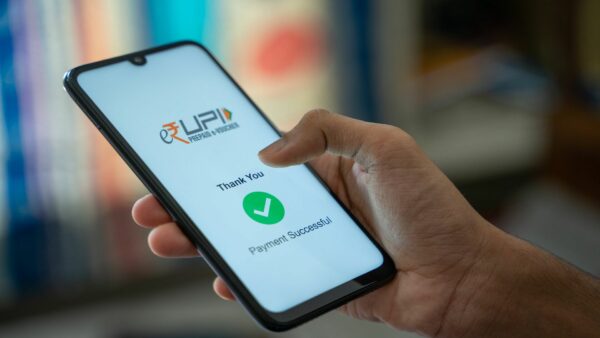
UPI – Industry and Growth
Since its implementation in India, the UPI system has been acclaimed as one of the most successful real-time payment (RTP) systems worldwide. This state-of-the-art payment interface makes P2P and P2M (person to merchant) transactions in India simple, secure, and safe. According to reports from 2021, the UPI system of payments, supported by UPI bank apps, assisted in the successful completion of over 39 billion financial transactions, amounting to over $940 billion in revenue, or roughly 31% of India’s GDP. One of the key factors promoting the UPI industry’s expansion is the compatibility and simplicity of use of the UPI apps. In October 2021, a month’s total number of transactions exceeded the $100 billion milestone.
UPI – Milestones
UPI transactions reached a record high in 2021, totalling Rs 456 crore ($111.2 Bn) in transactions worth Rs 8.26 lakh crore. Since the beginning of the year, PhonePe has dominated the UPI market. The Bengaluru-based digital payments app saw a surge in operational revenue of 85.5 per cent, from Rs 372 crore in FY20 to Rs 690 crore in FY21. According to sources from October 15, 2021, Google Pay is the next in line among the other UPI apps.
Compared to February 2022’s 452 cr transactions, UPI transactions increased by almost 19 per cent (19.6 per cent) in the month following the debut of UPI123Pay, becoming 540 cr transactions. Additionally, the transaction value increased by a record 16.17 per cent, rising to Rs 9.60 trillion in March from Rs 8.26 trillion in February.
In April 2022, the UPI, a real-time payment system, recorded 558 billion transactions totalling Rs 9.8 lakh crore. In March 2022, there were 540 transactions worth Rs 9.60 lakh crore. PhonePe led the UPI market in terms of total monthly transactions, totalling Rs. 4.86 lakh crore. GPay came in second, with transactions totalling Rs. 3.39 lakh crore. With respective transaction values of Rs 101.65K crore, Rs 6699 crore, and Rs 242 crore, Paytm, Amazon Pay, and Whatsapp Pay made up the league of the five biggest UPI apps in April 2022. They were also the three most downloaded UPI apps for the month.
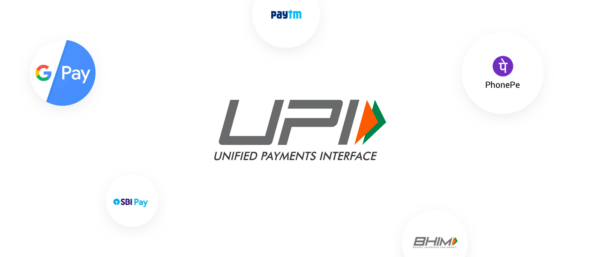
UPI Apps
The UPI apps follow UPI mode transactions and are primarily made to concentrate on them. Some of the prominent UPI apps include:
-
PhonePe
-
Google Pay
-
BharatPe
-
BHIM
-
Amazon Pay
-
Whatsapp Pay
How to Use UPI Apps?
If you haven’t already done so, it is not very difficult to use a UPI app or a Unified Payments Portal (UPI).
Therefore, you need not worry about asking “how to pay with UPI.”
You must first register on this site and create a special UPI ID or VPA. With the use of any UPI-enabled bank mobile application or third-party application, you can sign up for UPI before using the payments system. After completing the registration process, you can begin sending and receiving payments using UPI.
UPI App Transaction Limit
Although there is no daily cap on the number of transactions, the NPCI has insisted that the daily cap on fund transfers is set at 1 lac Rupees. This enables paying many times to various payees each day possible and makes going cash-free a possibility. However, the BHIM app only permits you to send/receive Rs 40,000 per transaction and Rs 40,000 per day regarding money transfers.
Only 20 transactions are permitted daily in some UPI apps like SBI Pay and WhatsApp Money, which is sufficient for normal use in users’ daily lives.
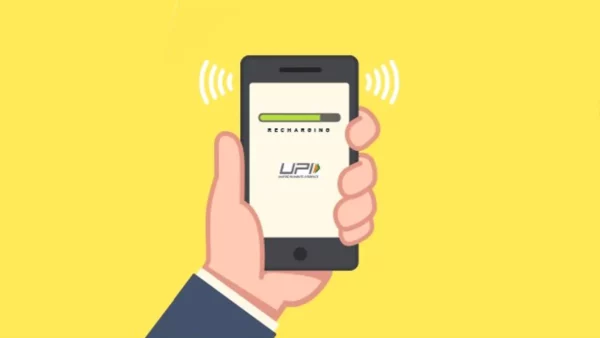
UPI: Upcoming Features
Every day, individuals use online techniques to find solutions to new problems in the digital age. UPI has discovered areas where it can help users even more, and it will probably implement these changes in future releases.
-
Pre-Authorized Transactions
Paying your bills late might occasionally result in penalties and extra stress. One can pre-authorize the UPI app to withdraw funds from the bank account before the due dates for the selected items. For EMIs and other bill payments, this method would also be functional. One might easily adjust according to their needs and limit the automatic payments monthly.
-
Biometric Authentication
The UPI app is planned to be “smarter,” much like how your smartphone unlocks itself using your fingerprint. Phones that can take high-quality iris scans or fingerprint photographs can use this technique. Thanks to biometric authentication, the MPIN would no longer be required during UPI money transactions.
-
Error Resolve
The UPI currently throws an issue if the same mobile number is connected to several bank accounts. Usually, the husband and wife’s accounts are registered using the same mobile number. This issue will be fixed in the upcoming UPI release.
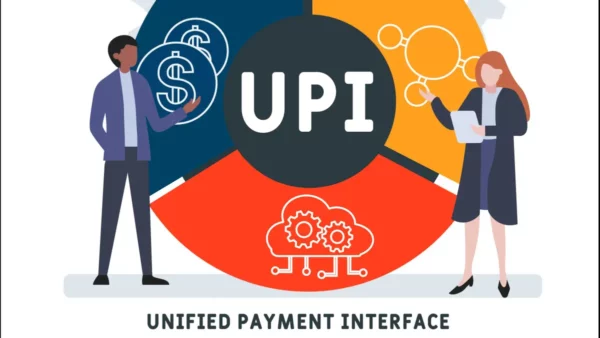
UPI – Advantages
-
One of UPI’s main benefits is that it is the fastest, easiest, and least expensive method of money transmission. UPI is also a very quick and secure medium; all you need to complete a transaction is a UPI ID.
-
Because it only needs a single click authentication with only two factors, it is simple to use.
-
On the UPI app, users may quickly link all of their accounts to a single ID.
-
Another choice for making both online and offline purchases is to scan a QR code.
-
This app’s feature for collecting payments allows users who run their businesses to receive money from customers.
-
Users of UPI receive amazing cashback incentives and don’t have to pay any fees because the government provides it for free.
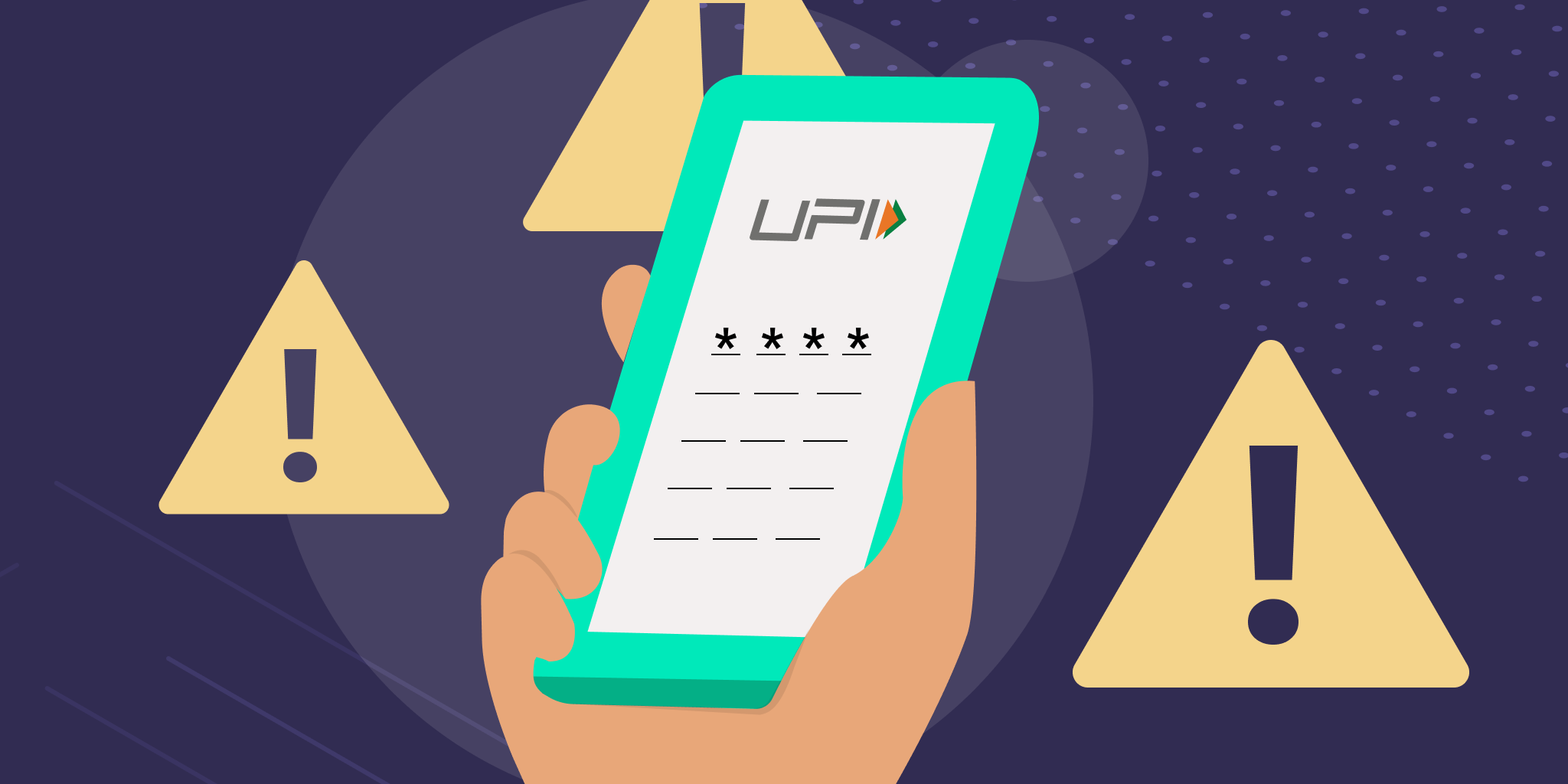
UPI – Disadvantages
-
Payments can occasionally be delayed; it can take up to 48 hours for the money to return to your bank account.
-
The UPI pin only has four to six digits, which should be extended for more security. The UPI money transfer limit is now Rs 100,000, which you can send to anyone through the smartphone app.
-
The fact that UPI occasionally makes payments very slowly is another significant drawback, but this may be prevented by using faster internet access.
UPI – Challenges
The UPI apps and the industry as a whole have already overcome numerous obstacles and are now on the road to triumph. The coronavirus pandemic, one of the terrifying diseases of our time, presented one of the biggest challenges to the UPI industry.
After 12 months of consistent development, UPI has reported fewer than one billion transactions for April due to the lockdown implemented to stop the spread of COVID-19. The UPI volume fell below the one billion thresholds for the first time in the previous seven months. The National Payments Corporation of India reports that 0.99 billion transactions totalling Rs. 1,51,140 crore have been recorded using UPI (Rs 1.51 trillion).
The National Payments Corporation of India (NPCI), which is subject to RBI regulation, created the Unified Payments Interface (UPI) instant payment system. To transfer money directly from one bank account to another, UPI may be utilized with various apps, including Google Pay and PhonePe.
Everything has stopped down or is only partially working as a result of the shutdown the government imposed due to COVID-19. An economic crisis has resulted from the coronavirus outbreak, which has devastated many facets of human existence, including the financial and industrial sectors. However, India’s success with a unified payments interface (UPI) has continued to provide users with necessary services despite the shutdown.
Even though the government successfully transferred the relief funds via UPI into the bank accounts of millions of Indians, UPI had a 20.8 per cent loss in volume and a 26.7 per cent decline in value from the previous month. Because of the corona effect, 1.25 billion transactions of Rs 2,06,462 crore (or Rs 2.06 trillion) were processed through UPI in March.
Along with UPI, NPCI’s real-time payments provider IMPS has also seen a substantial transaction volume and value decline. Almost half as many payments—122.47 million totalling Rs 1,21,140.79 crore—were completed in April using the IMPS. The amount was 216.82 million transactions worth Rs. 2,01,961.70 crore in March, the previous month.
The reduction is startling because, as the RBI governor Shaktikanta Das noted in February 2020, digital payments accounted for about 97 per cent of daily payment system volume transactions. He added that over the previous five years, the amount of digital payments had increased by 50%.

UPI – Transaction Rules from January 2021
The RBI has developed the “positive pay system for check payments.” The implementation of this technology is intended to prevent banking fraud. For payments exceeding 50,000, the user must confirm their key details again under the positive pay system. However, the decision to use this system is up to the user.
Contactless card transactions and UPI limitations will increase from Rs 2,000 to Rs 5,000 starting in January 2021, which is another favourable UPI rule. This is done to support the expansion of secure digital payment methods, particularly in the event of a pandemic.
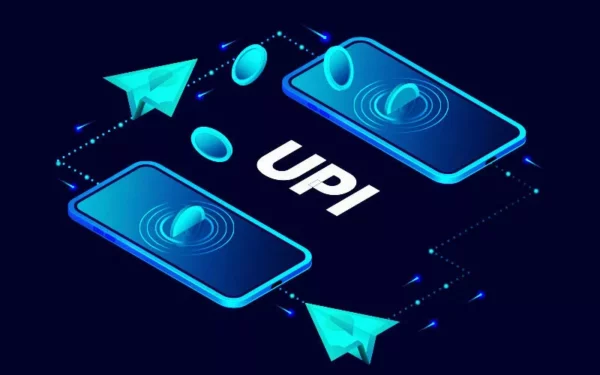
UPI – Benefits over NEFT, RTGS, and IMPS
-
UPI vs NEFT
Both platforms are acknowledged to have advantages and disadvantages. UPI allows free quick transfers; however, its daily limit is Rs 1 lakh. On the other hand, NEFT enables users to send money to anyone in India with an account with another bank branch from any bank branch in India. The cost of NEFT is higher than UPI, and one NEFT transfer takes roughly 12 hours, which is a drawback.
-
UPI vs RTGS
UPI transactions are the best choice for future payments, loan repayment, or credit card payments because they are quick, easy, and cost-free. While Real Time Gross Settlement (RTGS), which is recommended for transfers of Rs 2 lakh and more, is believed to be highly valued and needs to be handled in real-time.
-
UPI vs IMPS
The Immediate Payments Service (IMPS), an instant interbank electronic fund transfer service, enables users to quickly and securely access their bank accounts and send money. However, using UPI eliminates the need to type in credit card information, IFSC codes, or wallet passcodes when making online and offline payments to various businesses.
Conclusion
Given everything we know about UPIs, it is safe to state that consumers are urged to start the process of giving up the currency. It wouldn’t hurt to switch and keep up with the new digital times of managing finances because many more enhancements are anticipated in the more recent versions.
edited and proofread by nikita sharma




